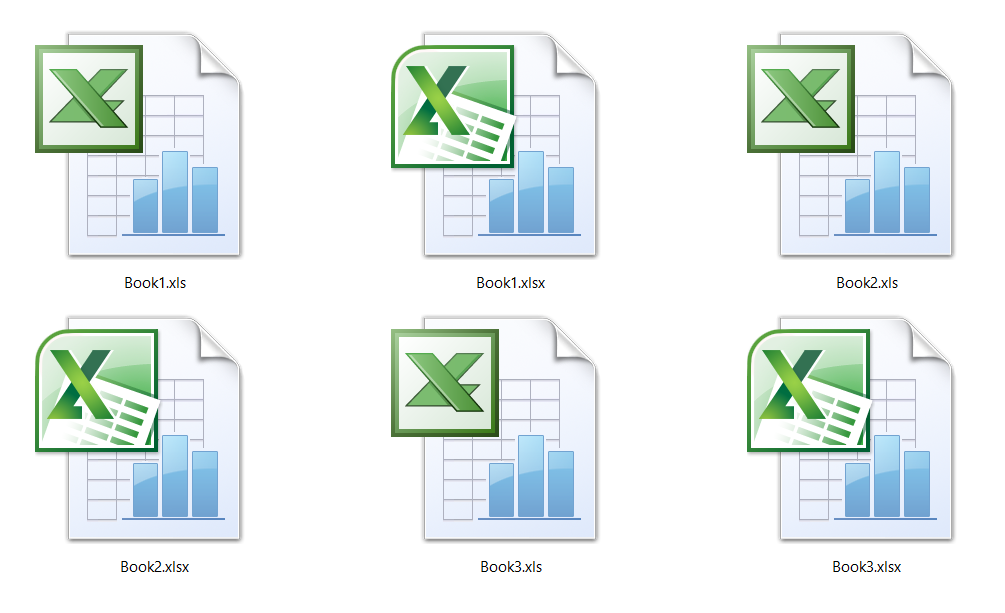The Basics of File Naming Conventions for Designers

As a designer, you deal with hundreds, if not thousands of files on a regular basis. Keeping them organized and easy to find is essential for a smooth workflow. One way to achieve this is by using file naming conventions. In this article, we’ll cover the basics of file naming conventions for designers and explain why they’re important.
Before we dive into the details, let’s first understand what file naming conventions are and why they matter. In short, file naming conventions are a set of rules and guidelines that dictate how you name and organize your files. The goal is to make it easy for you and others to find and identify files quickly and accurately.
On this page:
What is a file naming convention?
At its core, a file naming convention is a standardized way of naming files. This means that all files are named consistently and follow the same structure. For example, you might choose to include the date, project name, and file type in each file name. By doing this, you make it easy to understand what each file is and where it belongs.
Elements of a good file naming convention
To create an effective file naming convention, you need to consider several key elements. These include:
Consistency – all files should be named consistently and follow the same structure
Clarity – file names should be clear and easy to understand
Brevity – file names should be short and to the point
Relevance – file names should accurately reflect the contents of the file
Examples of good file naming conventions might include:
YYYYMMDD_ProjectName_FileType ClientName_ProjectName_VersionNumber_FileType
Best practices for designers
Now that we’ve covered the key elements of a good file naming convention, let’s look at some best practices for designers. These include:
Choose a naming convention that works for you – everyone has different needs and preferences, so choose a convention that works for you and your team Use descriptive names – avoid generic names like “file1” or “final” and instead use descriptive names that accurately reflect the contents of the file Avoid special characters – stick to alphanumeric characters and avoid special characters, as they can cause problems with some software and systems Include version numbers – if you’re working on a project that requires multiple versions, include a version number in the file name
Common mistakes to avoid when creating a file naming convention include:
- Being too vague or generic with file names
- Using special characters or symbols
- Not being consistent with the file naming convention
File naming conventions are an essential tool for designers to keep their files organized and easy to find. By following the key elements of a good file naming convention and implementing best practices, you can create a naming convention that works for you and your team. Remember to stay consistent and use clear, descriptive names, and you’ll be well on your way to a more efficient and productive workflow.



